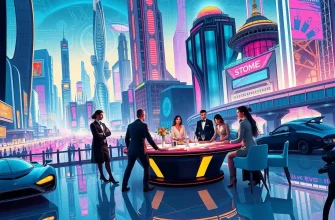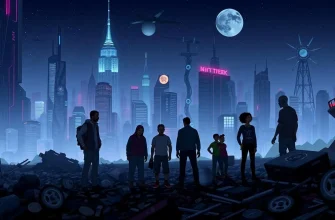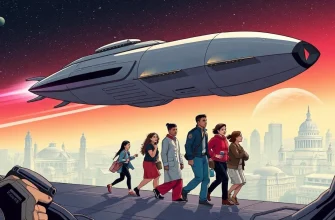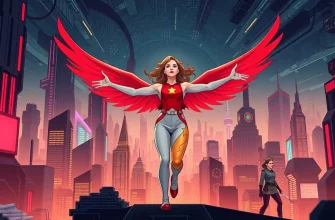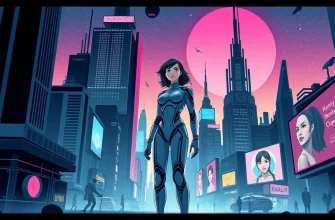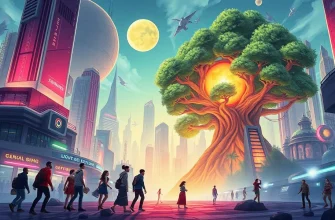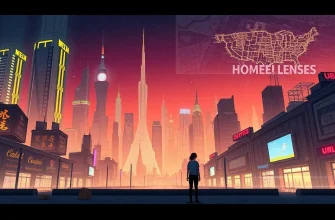In this curated collection, we dive into the fascinating intersection of science fiction and the harsh realities of poverty. These films not only entertain but also provoke thought, offering a lens through which we can examine the socio-economic challenges of different worlds, both real and imagined. From dystopian futures to alternate realities, these movies provide a rich tapestry of narratives that highlight the struggles of the underprivileged, making for a compelling watch for anyone interested in the human condition.
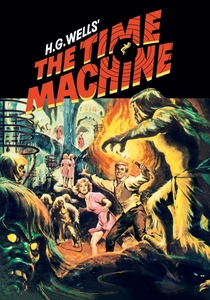
The Time Machine (1960)
Description: While not directly about poverty, the film's future society is divided into the Eloi, who live in a state of childlike simplicity, and the Morlocks, who live underground in poverty and darkness.
Fact: The film was one of the first to use time-lapse photography to show the passage of time.
 Watch Now
Watch Now

A Boy and His Dog (1975)
Description: This cult classic depicts a post-nuclear war world where a young man and his telepathic dog navigate a landscape of scarcity and poverty.
Fact: The film was based on a novella by Harlan Ellison, who was not entirely pleased with the adaptation.
 Watch Now
Watch Now
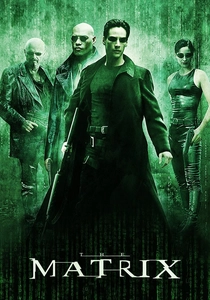
The Matrix (1999)
Description: Although not explicitly about poverty, the film's real world is a stark contrast to the virtual one, with humans living in a desolate, impoverished reality controlled by machines.
Fact: The film's concept was influenced by various philosophical ideas, including Plato's Allegory of the Cave, reflecting on the nature of reality and human existence.
 Watch Now
Watch Now
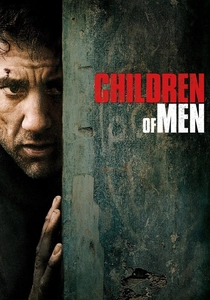
Children of Men (2006)
Description: In a world where humans can no longer reproduce, the film focuses on the plight of refugees and the poor, who are marginalized in a society on the brink of collapse.
Fact: The film features several long, uninterrupted shots, including a famous 7-minute take, to immerse viewers in the chaos of the world.
 Watch Now
Watch Now

Equilibrium (2002)
Description: In a future where emotions are outlawed, the film subtly explores the poverty of human experience, with the lower classes living in squalor while the elite suppress any form of dissent.
Fact: The film was shot in Berlin, Germany, to capture the stark, oppressive atmosphere of the setting.
 Watch Now
Watch Now
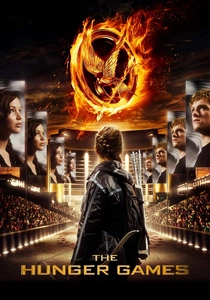
The Hunger Games (2012)
Description: This dystopian saga showcases a world where the impoverished districts are forced to send tributes to fight to the death for the entertainment of the wealthy Capitol.
Fact: The film's setting was inspired by ancient Rome, particularly the gladiatorial games, reflecting the exploitation of the poor.
 Watch Now
Watch Now

Elysium (2013)
Description: In a future where the wealthy live on a luxurious space station and the poor are left on a ruined Earth, this film explores themes of class division and economic disparity.
Fact: The film's director, Neill Blomkamp, was inspired by his experiences growing up in South Africa, where he witnessed stark contrasts in living conditions.
 Watch Now
Watch Now

Snowpiercer (2013)
Description: A post-apocalyptic tale where humanity's remnants live on a perpetually moving train, divided by class, with the poor in the tail section facing dire conditions.
Fact: The film was adapted from the French graphic novel "Le Transperceneige." It was shot in Prague, with the train set built in a hangar.
 Watch Now
Watch Now
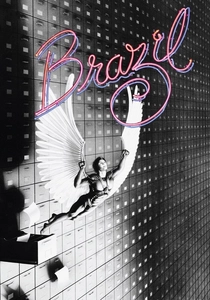
Brazil (1985)
Description: Terry Gilliam's dark comedy showcases a bureaucratic dystopia where the poor are crushed by an oppressive system, living in a perpetual state of poverty and confusion.
Fact: The film's surreal, oppressive world was inspired by Kafka's "The Trial" and Orwell's "
 30 Days Free
30 Days Free
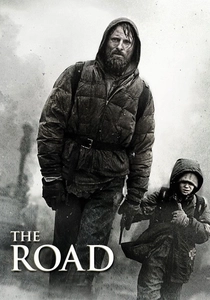
The Road (2009)
Description: Set in a post-apocalyptic world, this film follows a father and son as they navigate a barren landscape, highlighting the stark contrast between survival and poverty in a world stripped of resources.
Fact: The film was shot in various locations across the United States to capture the desolate, end-of-the-world feel. Viggo Mortensen, who plays the father, lost significant weight for the role to portray the character's struggle more authentically.
 30 Days Free
30 Days Free



